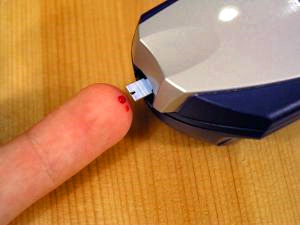Glucose testing Meters
Not long ago only doctors and medical laboratories had access to glucose testing meters. Nowadays, with the enormous rise in the number of people with diabetes, glucose testing meters have become quite commonplace, and are an essential medical care device for many people. The days of big, bulky devices are gone and most of the modern glucose testing meters are so small as to fit easily in the palm of the hand and take up very little space even when packed with the needed test strips, alcohol wipes, and lancets. Some modern meters are even…


